#demographic groups
Text
The reason I post on Tumblr is that I'm trying to spread the news about the Iran revolution and my targeted audience is non-iranians around the world. It's a fact that people of different nations mostly know each other by nationalities and not subgroups and ethnicities. For example, I know people from China or Russia or Argentina as Chinese and Russians and Argentines, but I have very limited knowledge about the cultural and linguistic diversity within different countries. I know about some ethnic groups through media or documentary programs, and I know more about the people of neighboring countries because of proximity and common grounds, but you can't expect me to know the demographics of every country around the world, and in return, I don't expect citizens of other countries to know the details of existing ethnicities in Iran, a country that has been isolated and pushed out of pictures for decades. With all these said I like to give very basic information about the ethnic structure of Iran's population.

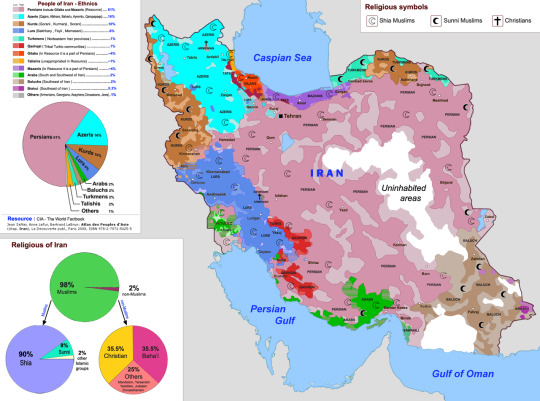
Ethnic map of Iran
Iran has always been a multi-ethnic, multi-racial, multi-culture, and multi-lingual nation. Iranian is the nationality and not an ethnical or racial identity. Persians, Kurds, different branches of Turks, Balochs, Lurs, Arabs, Gilaks, Mazanis, etc, etc, are the racial or ethnic identities that have made Iran's body. These ethnic groups have their own language or dialect, their own culture and food, costumes and urban legends, and in some cases particular religion. This makes Iran a very colorful country, which obviously can be a place of wonder but also trouble.

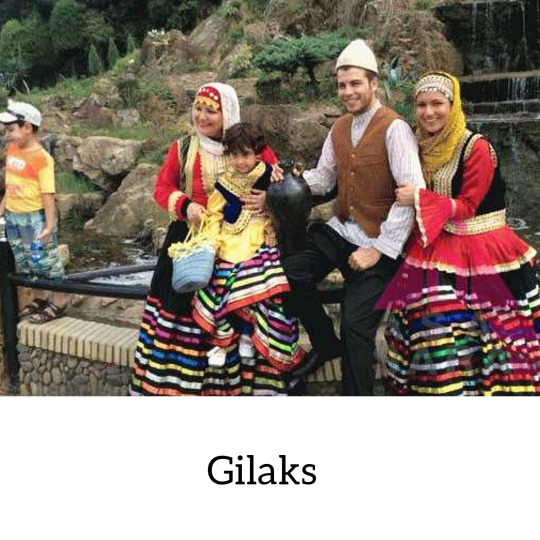
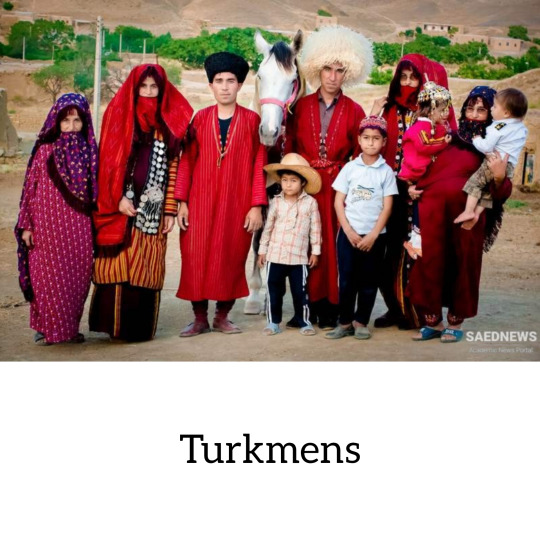

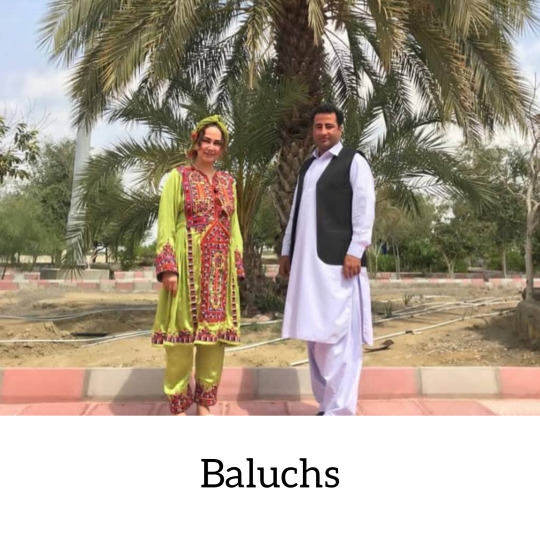
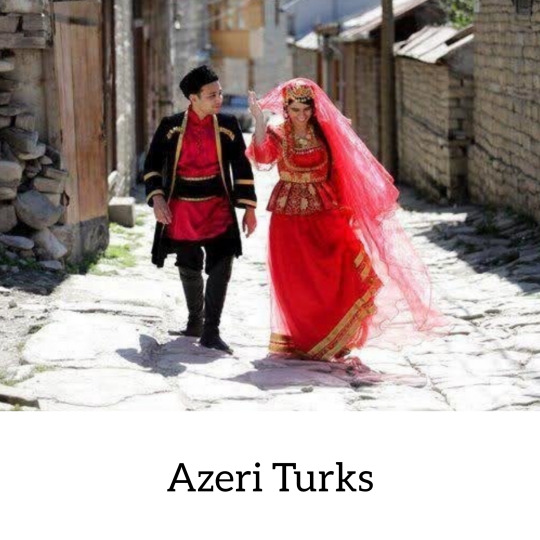
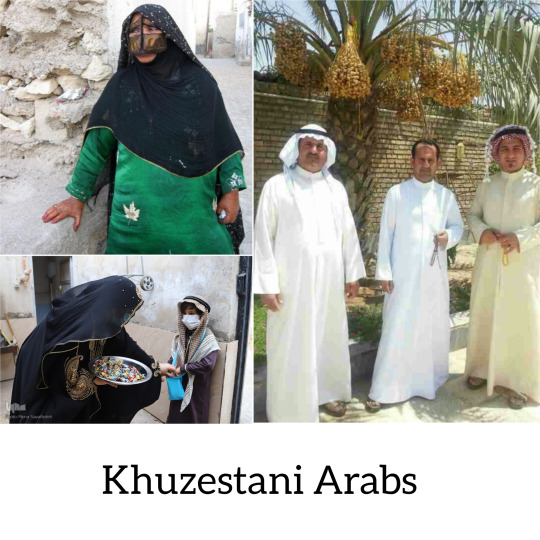
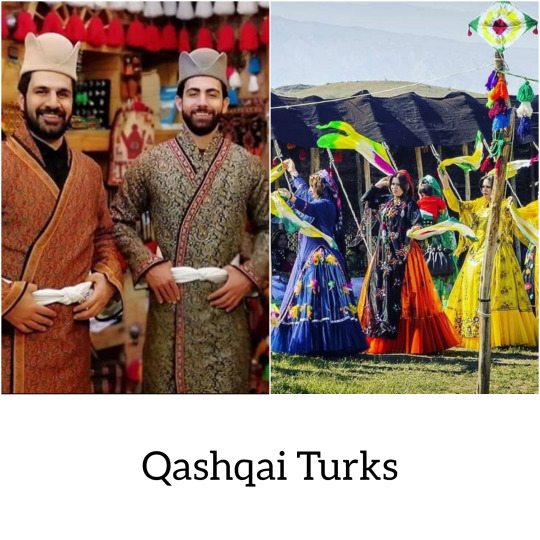

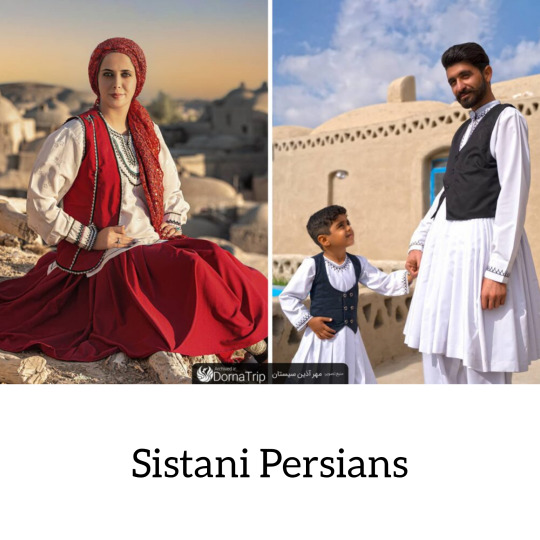


Some of the Folk Costumes in Iran
The relations among these ethnicities and their relation with the capital and the ruling system through history is complicated and differs from region to region, dynasty to dynasty. As you might know, the country you know as Iran today is the remains of an old empire that has gone through many uprises and downfalls, wars and invasions, and rebordering. Here's a quick video of how Iran's borders have changed through history; got bigger, shrank in size, and moved east and west.
youtube
The trouble with having so much variety within a country is the unpleasant manifestation of racism, favoritism, and discrimination. This problem has gotten a lot worse under the islamic republic regime. Even though favoritism and racism by the government have existed to different degrees in previous dynasties, the Islamic Republic took it to another level and since it's a theocracy, they added the element of religion stronger than ever to the discrimination mix.
Currently, in Iran, the uneven distribution of wealth and resources, and the government's neglect in many provinces and cities have made a huge gap between prosperity levels in crucial cities like tha capital, Tehran, and everywhere else. Tehran currently is the most populated city in western Asia. It's actually overpopulated, and this overpopulation is causing many environmental problems like air pollution in the city. The main reason is immigration because of the concentration of facilities and opportunities in the capital in contrast with non-existent facilities in other areas. Many people, including my family, have moved to Tehran, temporarily or permanently, to get a better chance at education or finding a job.
Apart from financial fairness, the islamic republic has been dead set on destroying ethnic identities in Iran. Banning the writing, reading, and learning of native languages at schools is one example. In many cities around the country, Persian is not the first language of daily communication. Persian as the official language is the mediator language that makes it possible for people from different regions to communicate. Different accents of Persian are the main and only language in many cities. Some cities are bilingual, but in others, Persian is like English in European countries, just a mediator, not the main native language. Almost everyone can understand and speak Persian, but native languages are the preferred language of daily life in cities with the majority of that ethnic population.
Another example is the restriction on wearing native clothes. In this one, the Islamic Republic hasn't been completely achieved, but they've been able to pale the usage or change the original form of most ethnic styles. For example, to make all the Iranian women uniformly dressed, they successfully changed the colorful veiling of Baloch women to a Black chador.
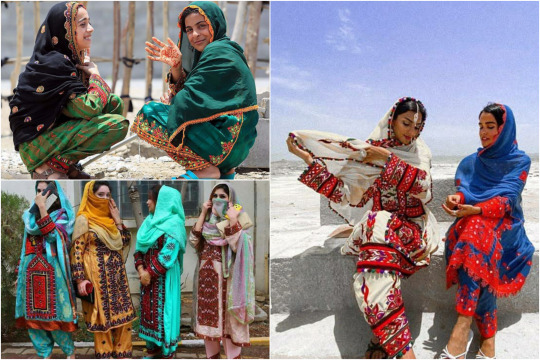

The original colorful clothing of Baloch women vs the black chador Islamic Republic has forced on them
Last but not least, based on religious beliefs, cities with the majority of non-shia muslim populations face discrimination times and times worse. Lots of Kurdish and Baloch cities have a majority of sunni muslim people. In the recent protests, the level of oppressing violence these cities have faced is far worse than in other states. Where in Tehran they shoot us mostly with shotguns, they only use battle rifles in Kurdistan and Zahedan. In only one day, Bloody Friday of Zahedan, they killed at least 96 Baloch people. Baloch people are also the first group of arrested protesters the regime has started executing. They're being murdered by the regime everyday now. These were only discriminations they're faced during the protests. A region with many metal mines like gold, and various industries is in so much poverty you'd think it's a war-struck place. Poverty, lack of clean drinking water, and identity paper restrictions are some of the examples of problems in Sistan and Baluchestan province.
In Kurdish cities the regime brought Tanks and DShK to suppress people, as if a foreign army has striked. People of Kurd never accepted the Islamic Republic regime and have been fighting its authority for decades now. Mahsa Amini, as you probably know by now, was from a Kurdish city named Saqez. The protests started in front of the hospital she passed away in, in Tehran, but it turned into full on revolution at her funeral, in her homeland, where Kurd women took their headscarves off and chanted "jîn, jîyan, azadî".
Fighting regional and racial discrimination in the free democratic future of Iran will be another obstacle our nation should deal with alongside women's rights, children's rights, LGBT rights, and working group rights.
#Youtube#iran#mahsa amini#iran protests#human rights#iran revolution#feminism#politics#ethnicfashion#racism#sexism#history#demographic groups#middle east#muslim women#shia muslims#sunni muslims#women's rights#tw violence#islamic republic vs iran#police brutality#iran explained#background information
126 notes
·
View notes
Link
Just a reference for why I’m worried that my local Sheriff’s department may not respond. This is my Sheriff.
#african americans#black lives matter movement#crime#law enforcement and corrections#demographic groups
40 notes
·
View notes
Link
I would really love it if the female lawmakers in Missouri would band together & show up like this on the floor of the state House:

15 notes
·
View notes
Link
LOLOLOL!
Fucking PARANOID BRAIN-DEAD BITCHES!
7 notes
·
View notes
Link
#bernie sanders#brand safety-nsf products and consumers negative#brand safety-nsf sensitive#capitalism#demographic groups
9 notes
·
View notes
Link
By: Taylor Orth
Published: Mar 16, 2022
When it comes to estimating the size of demographic groups, Americans rarely get it right. In two recent YouGov polls, we asked respondents to guess the percentage (ranging from 0% to 100%) of American adults who are members of 43 different groups, including racial and religious groups, as well as other less frequently studied groups, such as pet owners and those who are left-handed.
When people’s average perceptions of group sizes are compared to actual population estimates, an intriguing pattern emerges: Americans tend to vastly overestimate the size of minority groups. This holds for sexual minorities, including the proportion of gays and lesbians (estimate: 30%, true: 3%), bisexuals (estimate: 29%, true: 4%), and people who are transgender (estimate: 21%, true: 0.6%).
It also applies to religious minorities, such as Muslim Americans (estimate: 27%, true: 1%) and Jewish Americans (estimate: 30%, true: 2%). And we find the same sorts of overestimates for racial and ethnic minorities, such as Native Americans (estimate: 27%, true: 1%), Asian Americans (estimate: 29%, true: 6%), and Black Americans (estimate: 41%, true: 12%).
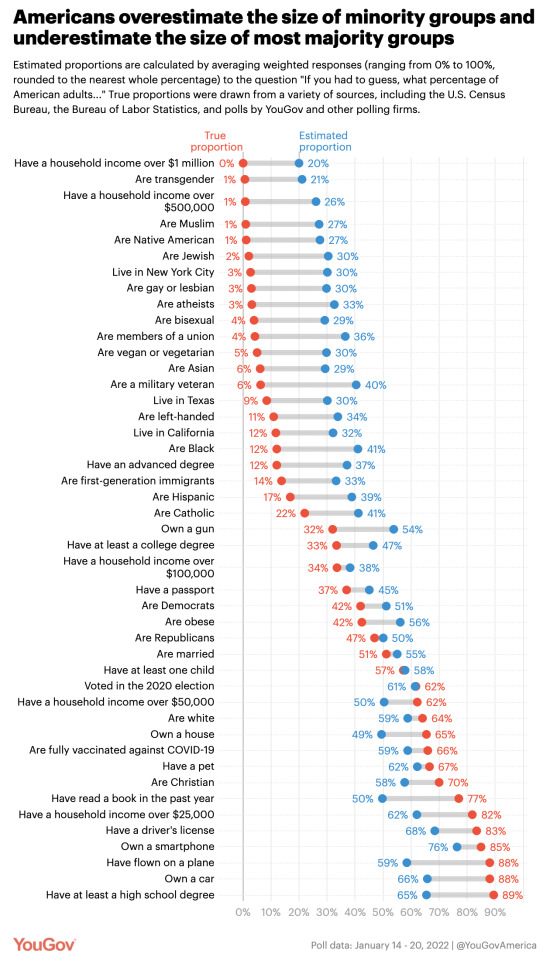
A parallel pattern emerges when we look at estimates of majority groups: People tend to underestimate rather than overestimate their size relative to their actual share of the adult population. For instance, we find that people underestimate the proportion of American adults who are Christian (estimate: 58%, true: 70%) and the proportion who have at least a high school degree (estimate: 65%, true: 89%).
The most accurate estimates involved groups whose real proportion fell right around 50%, including the percentage of American adults who are married (estimate: 55%, true: 51%) and have at least one child (estimate: 58%, true: 57%).
Misperceptions of the size of minority groups have been identified in prior surveys, which observers have often attributed to social causes: fear of out-groups, lack of personal exposure, or portrayals in the media. Yet consistent with prior research, we find that the tendency to misestimate the size of demographic groups is actually one instance of a broader tendency to overestimate small proportions and underestimate large ones, regardless of the topic.
If exaggerated perceptions of minority groups’ share of the American population are due to fear, we would expect estimates of those groups’ share that are made by the groups’ members to be more accurate than those made by others. We tested this theory on minority groups that were represented by at least 100 respondents within our sample and found that they were no better (and often worse) than non-group members at guessing the relative size of the minority group they belong to.
Black Americans estimate that, on average, Black people make up 52% of the U.S. adult population; non-Black Americans estimate the proportion is roughly 39%, closer to the real figure of 12%. First-generation immigrants we surveyed estimate that first-generation immigrants account for 40% of U.S. adults, while non-immigrants guess it is around 31%, closer to the actual figure of 14%.
Although there is some question-by-question variability, the results from our survey show that inaccurate perceptions of group size are not limited to the types of socially charged group divisions typically explored in similar studies: race, religion, sexuality, education, and income. Americans are equally likely to misestimate the size of less widely discussed groups, such as adults who are left-handed. While respondents estimated that 34% of U.S. adults are left-handed, the real estimate lies closer to 10-12%. Similar misperceptions are found regarding the proportion of American adults who own a pet, have read a book in the past year, or reside in various cities or states. This suggests that errors in judgment are not due to the specific context surrounding a certain group.

Why is demographic math so difficult? One recent meta-study suggests that when people are asked to make an estimation they are uncertain about, such as the size of a population, they tend to rescale their perceptions in a rational manner. When a person’s lived experience suggests an extreme value — such as a small proportion of people who are Jewish or a large proportion of people who are Christian — they often assume, reasonably, that their experiences are biased. In response, they adjust their prior estimate of a group’s size accordingly by shifting it closer to what they perceive to be the mean group size (that is, 50%). This can facilitate misestimation in surveys, such as ours, which don’t require people to make tradeoffs by constraining the sum of group proportions within a certain category to 100%.
This reasoning process — referred to as uncertainty-based rescaling — leads people to systematically overestimate the size of small values and underestimate the size of large values. It also explains why estimates of populations closer to 0% (e.g., LGBT people, Muslims, and Native Americans) and populations closer to 100% (e.g., adults with a high school degree or who own a car) are less accurate than estimates of populations that are closer to 50%, such as the percentage of American adults who are married or have a child.
Does correcting misperceptions of group size change peoples’ attitudes on related issues? Current research suggests it does not. In a series of studies (one of which used a survey fielded by YouGov), political scientists John Sides and Jack Citrin attempted to correct inaccurate beliefs about the size of the U.S. foreign-born population, both subtly, by embedding the accurate information in a news story, and explicitly, by providing survey respondents with Census Bureau estimates. They found that while providing this information did somewhat improve people’s knowledge of the number of immigrants in America, they did not make people more supportive of immigration.
Below we display median estimates of group sizes, which tended to be more accurate than mean estimates, but with differences from the true estimates in the same direction.

Methodology: This article includes findings from two U.S. News surveys conducted by YouGov on two nationally representative samples of 1,000 U.S. adult citizens interviewed online from January 14-20, 2022. The first survey included questions on groups involving race, education, income, family, gender, and sexuality, while the second survey included questions on religion, politics, and other miscellaneous groups. The samples were weighted according to gender, age, race, and education based on the 2018 American Community Survey, conducted by the U.S. Census Bureau, as well as 2016 and 2020 Presidential votes (or non-votes). Respondents were selected from YouGov’s opt-in panel to be representative of all U.S. citizens. Real proportions were taken from a variety of sources, including the U.S. Census Bureau, the Bureau of Labor Statistics, YouGov’s internal poll results, and the results of other well-established polling firms. Most estimates were collected within the past three years; the oldest is from 2009. Because the real estimates presented cover a range of time periods, they may differ from actual population sizes at the time our survey was conducted.
#Taylor Orth#statistics#demographics#minority#majority#minority groups#majority groups#demographic groups#human psychology#psychology#religion is a mental illness
12 notes
·
View notes
Link



















The Final Vote Was 61 Yes, 36 No, All the Democrats Supported the Bill, With the Support of 12 Republican Senators.
The Bill Now Has to Go to the U.S. House of Representatives and Then to, President Biden, to Sign Into Law!
The House is Expected to Pass the Bill, Perhaps, in As Soon as a Week From Now. The President is Reportedly Ecstatic About Signing Such a Bill!
This is Why Your Vote Matters...
8 notes
·
View notes
Link
4 notes
·
View notes
Text
Demographics - 2023
Thought to make this up, since I was pretty curious... and wowie zowie look at this...
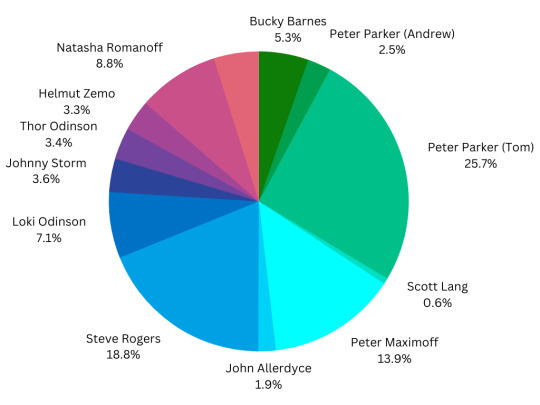
↑ Based on the likes, comments, and reblogs of my Marvel X Readers Fanfics (Peter Parker (Tom) Wins!)

↑ Based on the likes, comments, and reblogs of my DC Comics X Readers Fanfics (Joker Wins!)
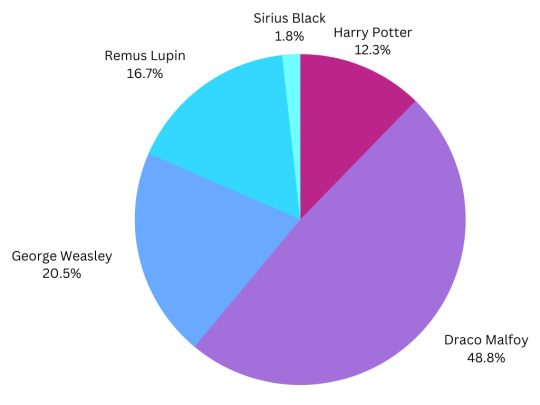
↑ Based on the likes, comments, and reblogs of my Harry Potter X Readers Fanfics (Draco Malfoy Wins!)

↑ Based on the likes, comments, and reblogs of my Star Wars X Readers Fanfics (Kylo Ren / Ben Solo Wins!)

↑ Based on the likes, comments, and reblogs of my The Hobbit / LOTR X Readers Fanfics (Thorin Oakenshield Wins!)
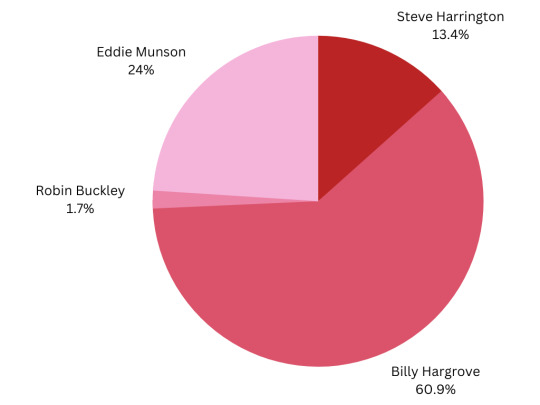
↑ Based on the likes, comments, and reblogs of my Stranger Things X Readers Fanfics (Billy Hargrove Wins!)

↑ Based on the likes, comments, and reblogs of my Miscellaneous X Readers Fanfics (Indiana Jones Wins!)
This is fascinating to me for some reason...
#graphs#research#demographic groups#demographics#marvel#dc#harry potter#the last of us#ouat#jurassic park#christopher robin#indiana jones#mammon#katsuki bakugo#stranger things#the hobbit#the lord of the rings#star wars
4 notes
·
View notes
Link
2 notes
·
View notes
Text
Gloria Estefan opens up about her daughter coming out | CNN
Gloria Estefan opens up about her daughter coming out | CNN
CNN
—
Parenting can be hard, even for musical legends.
Singer Gloria Estefan, in a new episode of the HBO Max and CNN series, “Who’s Talking to Chris Wallace?”, opened up to Wallace about being reluctant to let her daughter, Emily, come out to her grandmother before she died. (CNN and HBO Max share parent company Warner Bros. Discovery.)
In 2020, Estefan and Emily spoke about the conflict on…

View On WordPress
#celebrities#coming out#demographic groups#domestic alerts#domestic-entertainment#gloria estefan#international alerts#international-entertainment#lgbtq people#population and demographics#sex and gender#society
1 note
·
View note
Text
Afraid to sleep indoors: Child survivors of deadly quake left traumatized
Editor’s Note: A version of this story first appeared in CNN’s Meanwhile in the Middle East newsletter, a three-times-a-week look inside the region’s biggest stories. Sign up here.
Abu Dhabi, UAE
CNN
—
“She used to jump up and down like a butterfly. Now, she is psychologically broken.”
Samer Sharif, 51, is talking about his 15-year-old daughter Salma, who witnessed the death of her brother…

View On WordPress
#accidents#africa#anthropology and archeology#behavior and cognition#brand safety-nsf accidents and disasters#brand safety-nsf health issues#brand safety-nsf sensitive#brand safety-nsf war and military#children#conflicts and war#continents and regions#demographic groups#disasters and safety#domestic alerts#domestic-health and science#domestic-international news#domestic-us news#domestic-us politics#earthquakes#eastern europe#europe#families and children#family members and relatives#government organizations - intl#health and medical#history and historical discoveries#humanities and social sciences#iab-disasters#iab-diseases and conditions#iab-family and relationships
0 notes
Text
It's a myth that women don't want sex as they age, study finds | CNN
CNN
—
It’s a myth that women lose interest in sex as they enter midlife and beyond, according to research that followed more than 3,200 women for about 15 years.
“About a quarter of women rate sex as very important, regardless of their age,” said Dr. Holly Thomas, lead author of an abstract presented during the September 2020 virtual annual meeting of the North American Menopause…

View On WordPress
#brand safety-nsf health issues#brand safety-nsf profanity#brand safety-nsf sensitive#brand safety-nsf violence#dating and relationships#demographic groups#domestic alerts#domestic-health and science#females (demographic group)#health and health care (by demographic group)#health and medical#iab-dating#iab-family and relationships#iab-healthy living#iab-medical health#iab-single life#iab-women&x27;s health#international alerts#international-health and science#middle-aged persons#population and demographics#society#women&x27;s health
0 notes
Text
PSA:
I am looking for a team of all artists to join me in creating, learning, and sharing together.
I am a writer, author, and poet myself who is looking for any and all types of art from conventional to unconventional.
I am trying to start a business and I am l9oking for a team.
Arts and Artist I'm looking for and not excluding if I haven't named your art work specifically is"
Musician
Singer
Rapper
Poet
Writer
Journalist
Author
Sculptor
Chefs/Cooks
Filmographers
Videographers
Photographers
Models
Directors
Actresses/Actors
Welders
Carpenters
Builders
Construction Workers
Editors
Proofreaders
Revisers
Printers
Task Managers
Assistants
Insurers
Business Managers
Hosts/Hostesses
Gardeners
Technology Savvy
Marketers
Advertisers
Social Media Bl9ggers
Social Media Vloggers
Social Media Influencers
Graphic Artists
Painters
Drawers
Podcasters
Radio Personnel
Producers
Massage Therapist
Physical Therapist
Psychiatric Therapist
Leaders
Teachers
Creators
For all of the above listed and not listed is in no particular order.
This business is for all who love to create and love to share what they create. As well as, for those who love the world and want to see a better place for you, me, and our future so on and forever!
Message me if any of this sounds interesting and would like to learn more.
Thank you,
Jude!
#heal the world#looking for a team#need a team#calling all artists#all lives matter#all demographics welcome#demographic groups#tumblr demographics#no racial hangups#pride2023#all art#all art matters#stop the violence#spread love#all love matters#all love#love matters#we are the world#helping hands#red cross#st jude#world hunger#homelessness#all religion matters#all political views matter#be yourself#find yourself#reach one teach one#teachers of tumblr#students
1 note
·
View note
Text
Colombian women's rights activist attacked with acid | CNN
CNN
—
Colombian police are investigating an acid attack perpetrated against a human rights activist, Lilia Patricia Cardozo, in the country’s northwestern Boyaca region, according to the city’s council.
Cardozo is the director of a womens’ rights NGO called Plataforma Feminista Boyacense (Boyacense Feminist Platform), which works to end domestic abuse, gender violence and discrimination,…
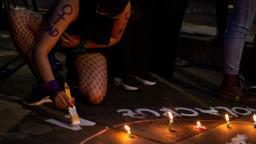
View On WordPress
#acid attacks#activism#brand safety-nsf crime#brand safety-nsf sensitive#brand safety-nsf violence#colombia#continents and regions#crime#crimes against persons#criminal offenses#demographic groups#domestic alerts#domestic-international news#females (demographic group)#feminism#gender equality#human rights#iab-crime#iab-politics#international relations and national security#latin america#law enforcement and corrections#population and demographics#sex and gender#society#south america#the americas
0 notes
Text
Elderly couple dies after eating poisonous pufferfish in Malaysia
CNN
—
An elderly couple has died after eating poisonous pufferfish in Malaysia, prompting an appeal from their daughter for stronger laws to prevent others from suffering the same fate.
Ng Chuan Sing and his wife Lim Siew Guan, both in their early 80s, unknowingly purchased at least two pufferfish from an online vendor on March 25, said authorities in the southern state of Johor.
The same…

View On WordPress
#asia#brand safety-nsf death#brand safety-nsf health issues#brand safety-nsf products and consumers negative#brand safety-nsf sensitive#continents and regions#couple#death and dying#deaths and fatalities#demographic groups#dies#diseases and disorders#domestic alerts#domestic-health and science#domestic-international news#eating#elderly#food and drink#foodborne illness#gastrointestinal disorders#health and medical#iab-bereavement#iab-digestive disorders#iab-diseases and conditions#iab-family and relationships#iab-food & drink#iab-medical health#international alerts#international-health and science#malaysia
0 notes